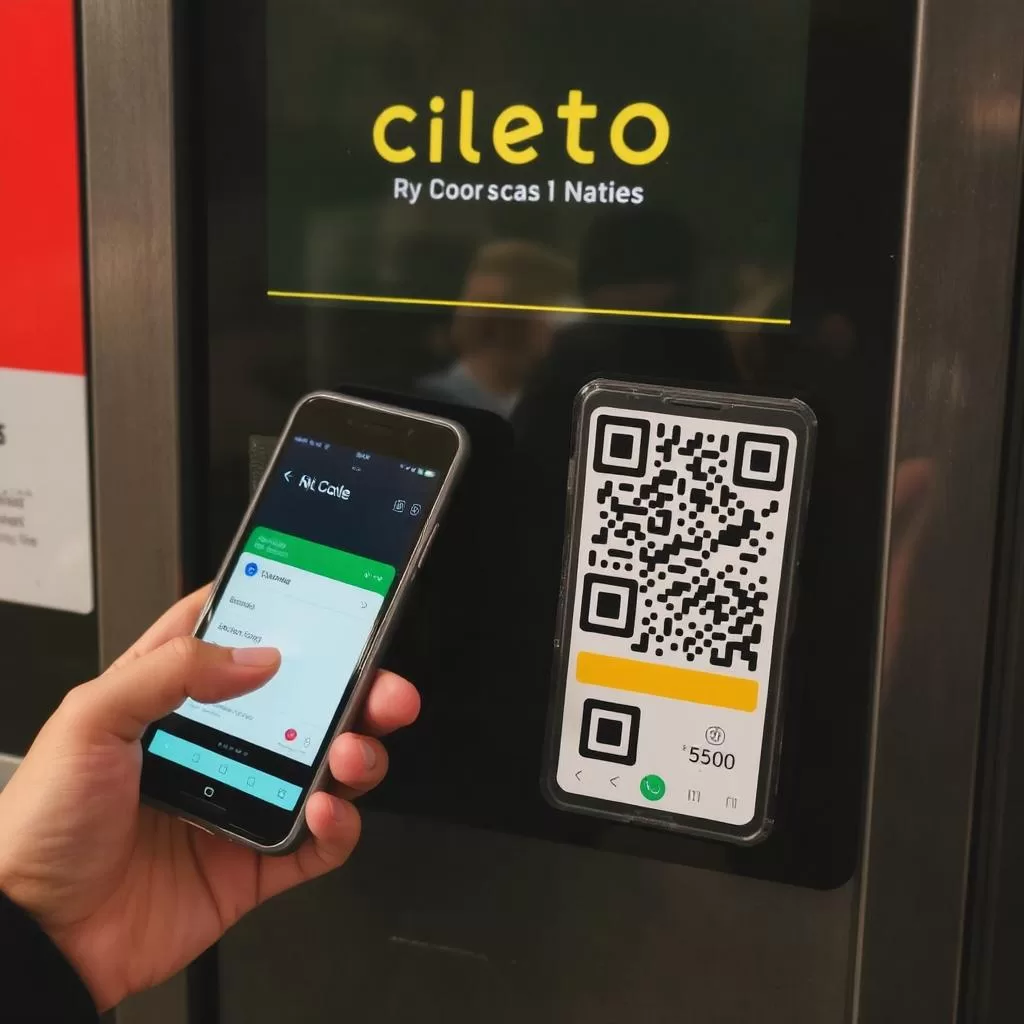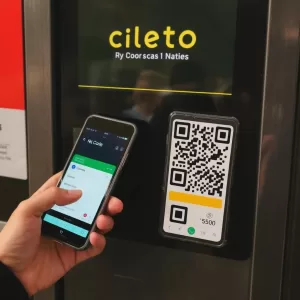The Future of QR Code Payments: Is This the End of Cash?
QR code payments are rapidly transforming the way people transact globally. From China’s WeChat Pay to Apple Pay, Google Pay, and Stripe, businesses and consumers are adopting contactless payments like never before. So what is the future od QR code payments?
With the rise of fintech solutions, many wonder: Are QR code payments the future of transactions? Will cash become obsolete?
- In this article, we’ll explore:
- How QR code payments work
- The global adoption of QR payments
- Advantages and challenges
- The future of digital transactions
How Do QR Code Payments Work?
A Quick Response (QR) code is a two-dimensional barcode that stores payment information. Unlike NFC (Near Field Communication) payments, which require a chip (like in credit cards or smartphones), QR payments only need a camera and an internet connection.
🔹 How a QR Payment Works:
1️⃣ The merchant generates a QR code.
2️⃣ The customer scans the QR code using their smartphone.
3️⃣ The payment app (Google Pay, PayPal, etc.) processes the transaction.
4️⃣ The amount is deducted from the linked account or digital wallet.
5️⃣ The merchant receives payment instantly.
🔗 Related: How to Integrate Stripe API in Laravel for Secure Transactions
Global Adoption of QR Code Payments
QR payments are booming worldwide, but adoption rates vary by region.
📍 Asia: Leading the QR Revolution
China: Over 90% of urban transactions happen via WeChat Pay or Alipay.
India: The UPI (Unified Payments Interface) integrates QR payments with Google Pay, Paytm, and PhonePe.
📍 Europe & North America: Growing But Slower
U.S. & Canada: QR payments are integrated into apps like Venmo, PayPal, and Apple Pay.
Europe: Many retailers still prefer NFC, but Stripe and Revolut are pushing QR-based payment options.
📍 Africa: Fintech-Led Growth
Kenya & Nigeria: M-Pesa and Flutterwave are driving QR-based mobile banking solutions.
South Africa: Many banks now integrate QR codes into their apps.
💡 Insight: Markets with less access to traditional banking (Asia, Africa) have embraced QR payments faster.
Advantages of QR Code Payments
Why are businesses and consumers shifting to QR transactions?
✅ 1. Contactless & Hygienic
Post-pandemic, people prefer touch-free transactions, making QR payments safer.
✅ 2. Faster & More Convenient
There is no need to carry cash or credit cards anymore. Moreover, there is no waiting for card approval—just scan and pay instantly.
✅ 3. Lower Transaction Fees
Traditional card payments typically involve banks, which, in turn, lead to higher fees. On the other hand, QR payments through fintech solutions often have lower processing costs, making them a more cost-effective option.
✅ 4. Secure Transactions
QR payments use tokenization and encryption, reducing fraud risks compared to cash or card cloning.
Challenges of QR Payments
Despite the growth, QR code payments have some hurdles to overcome.
⚠ 1. Requires Internet Access
Unlike cash, QR transactions depend on Wi-Fi or mobile data.
In remote areas, internet issues can cause payment failures.
⚠ 2. Security Concerns
Fake QR codes: Scammers create fake payment QR codes to steal money.
Hacking risks: Fraudsters can intercept unencrypted QR transactions.
⚠ 3. Merchant Adoption Lag
- Many small businesses still prefer cash due to:
- Lack of digital infrastructure
- Taxation concerns
- Preference for immediate liquidity
🔗 Related: The Role of AI in Web Development
The Future of QR Code Payments
QR payments are not just a temporary trend—they are shaping the future of global transactions.
🔮 1. Integration With Cryptocurrencies
Fintech companies are testing QR codes for Bitcoin and stablecoin payments, especially in regions with high inflation.
🔮 2. AI & Blockchain Security Upgrades
AI-driven fraud detection and blockchain-powered QR codes will enhance security and reduce scam risks.
🔮 3. More Government Regulations
Countries are introducing centralized QR payment networks, like:
✔ India’s UPI QR Codes
✔ Brazil’s PIX system
This ensures standardization and consumer protection.
🔮 4. Wider Merchant Acceptance
As fintech companies simplify QR payment integration, more businesses will switch to QR codes over traditional POS systems.
🔗 Related: AI Digital Marketing Trends 2025
Conclusion: Will QR Payments Replace Cash?
- QR payments are the future, but cash will not disappear overnight.
- Digital transactions are growing, but cash remains important in rural areas and for privacy-conscious users.
- The future is hybrid: QR payments, crypto transactions, and AI-driven fintech innovations will coexist with cash and cards.
🚀 Key Takeaways:
- QR payments are faster, safer, and cheaper than traditional transactions.
- Asia leads the way, while Africa & Latin America are rapidly adopting.
- Future innovations will include crypto payments, AI security, and global standardization.
💬 Do you prefer QR payments or cash? Share your thoughts in the comments!
Share this content:






Post Comment